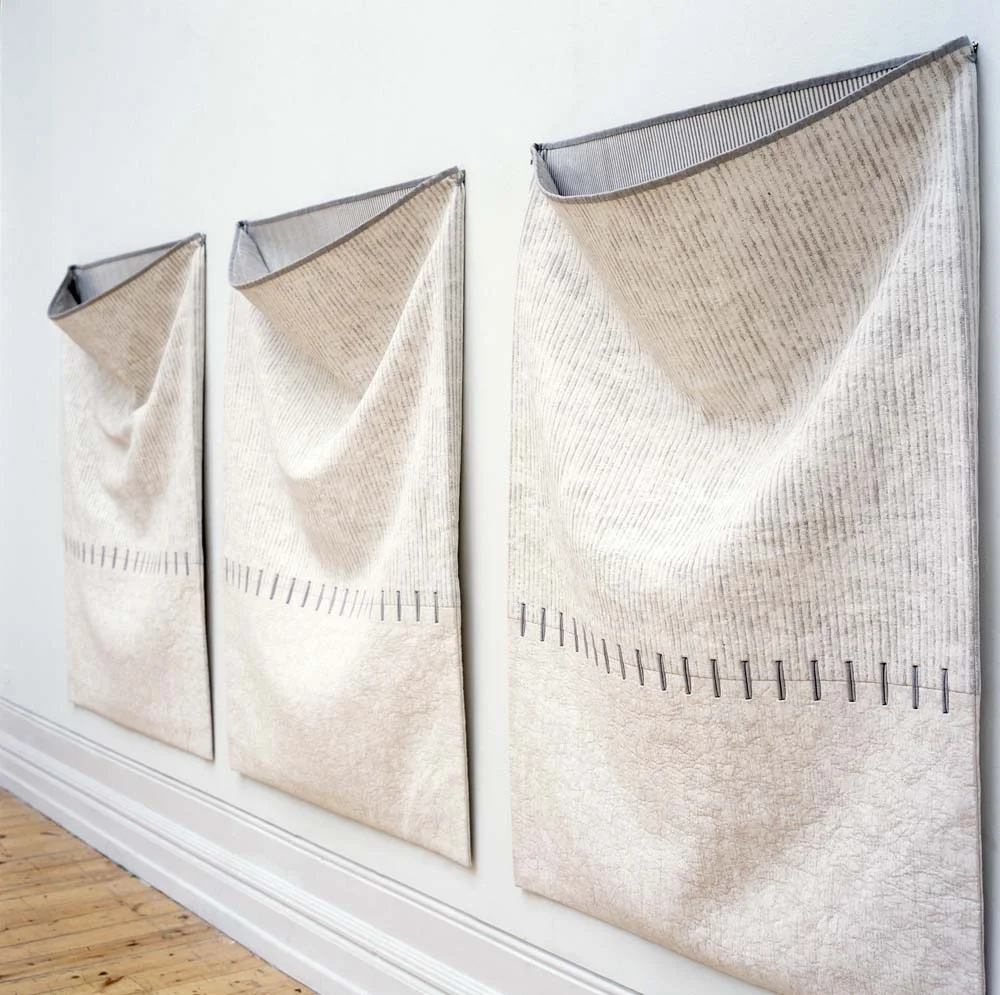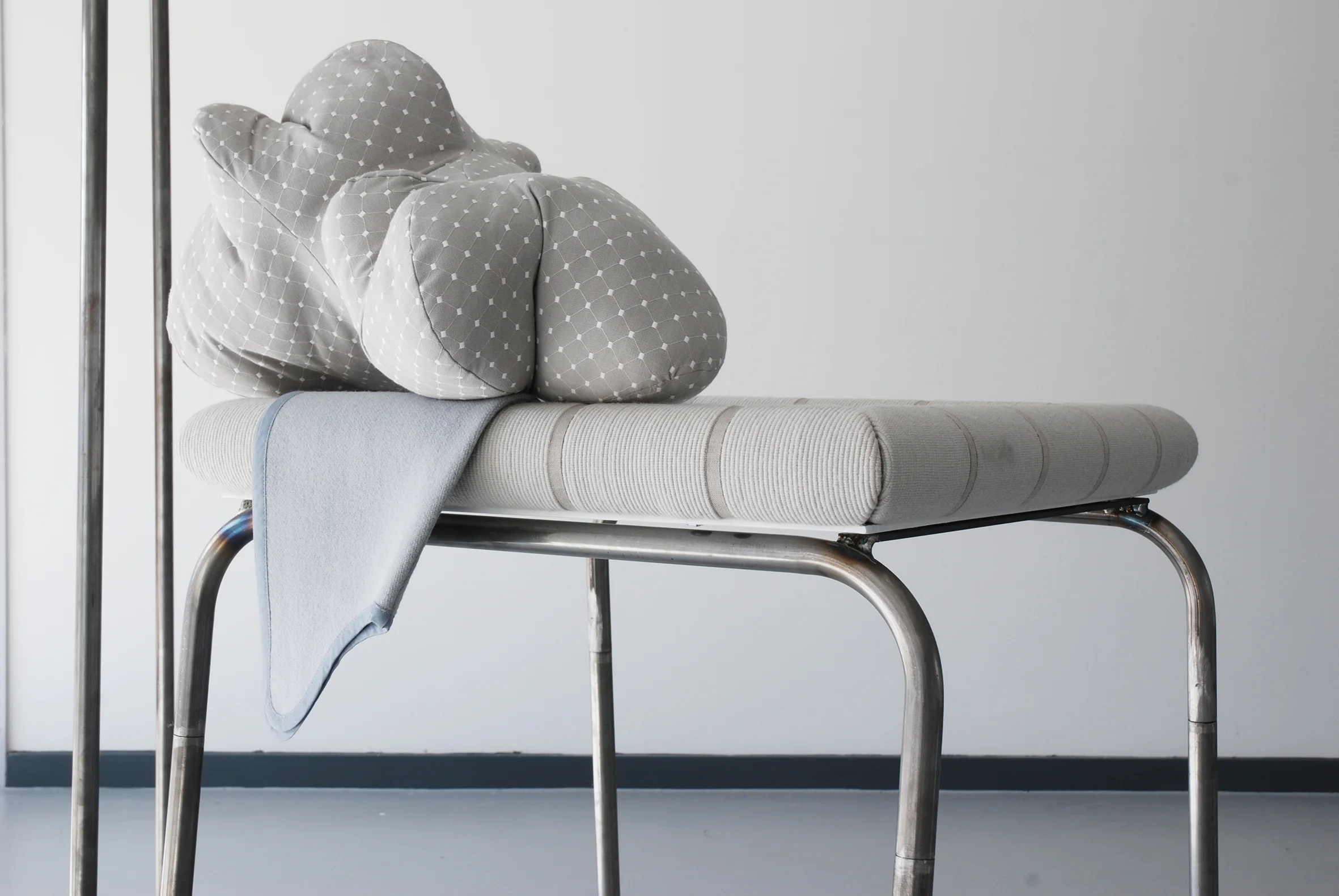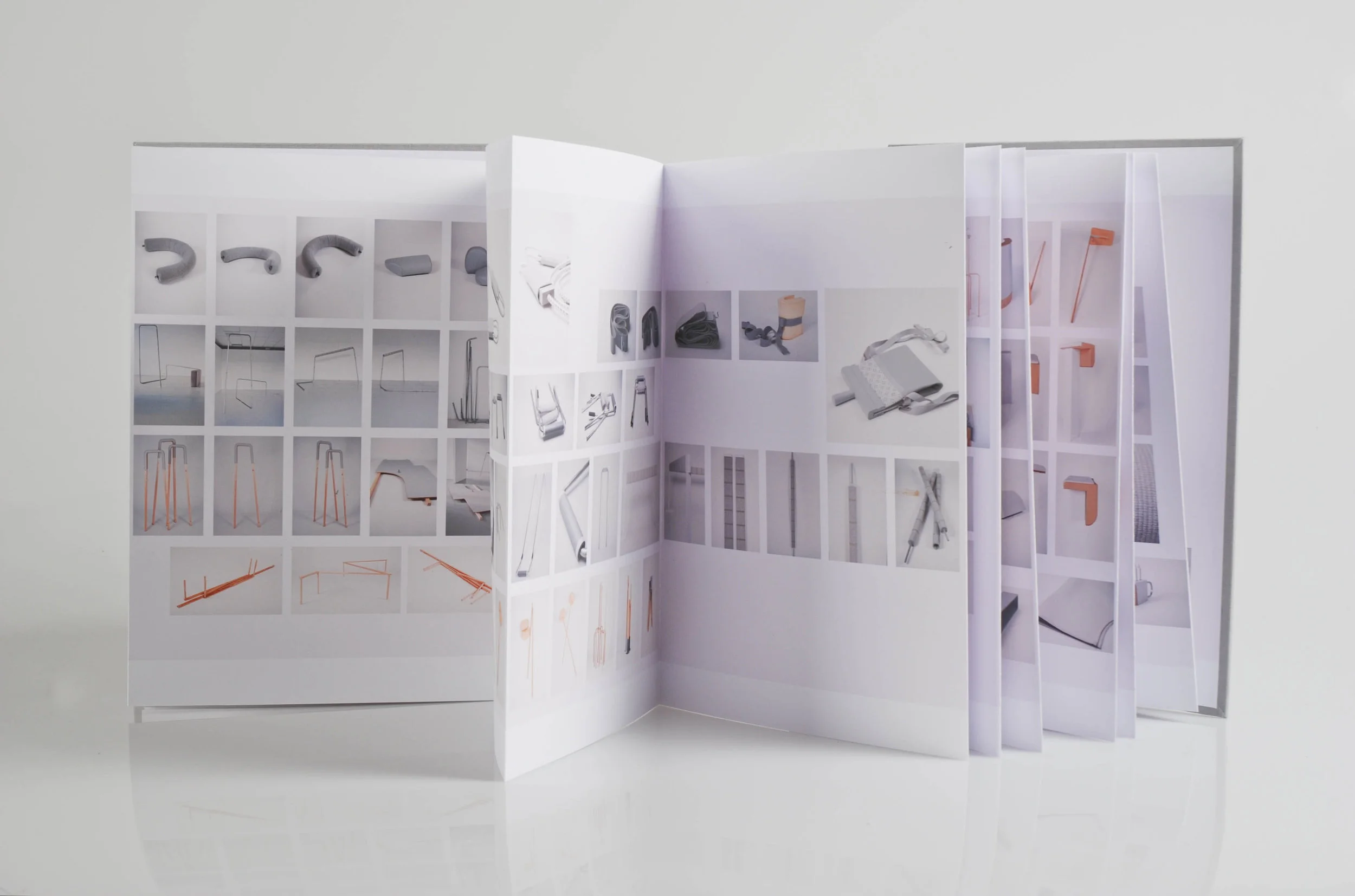About
I am an artist and academic who draws on the material and semantic conventions of textile and the multiple, complex and often contradictory socio-historical (inter)cultural discourses and critical debates with which the medium is entangled. These provide a point of departure for an expanded artistic practice that variously takes the form of wall based objects, sculpture and installation. My practice, research and teaching experience, however, extends beyond the specificity of textile and is concerned more broadly with a material sensibility within contemporary fine art practice. I am particularly interested in the ‘productive indeterminacy’ that arises between the affective and conceptual dimensions of aesthetic experience and the tension between subjective and material agency that this gives rise to.
Dr Maxine Bristow
Associate Professor, Programme Leader MA Fine Art
Department of Art and Design
University of Chester
Originally trained in textiles (specialising in embroidery), Maxine Bristow has taught fine art for the last twenty years. She is currently Associate Professor and Programme Leader for the MA Fine Art at the University of Chester. As an artist, she has exhibited nationally and internationally and is represented in the permanent collections of the Crafts Council, London, Whitworth Art Gallery and Nottingham Castle Museum & Art Gallery. She was selected for the Jerwood Textiles Prize in 2002, and in 2008 was one of the artists nominated for the Northern Arts Prize.
Maxine’s work draws its reference from the inherent physical and metaphorical pliability of textile and the network of everyday associations, modernist legacies and postmodern discourses with which the medium has been implicated.
What unites her practice is a distinctive aesthetic that strategically frames the sensuous immediacy and semiotic resonances of textile (and non-textile) materials and processes within a reductive abstract visual language which she employs as a way of maintaining a tension between meaning and materiality and the subjective and objective dimensions of the work.
Her early work harnesses the processes, materials and accompanying contexts of needlework/plain-sewing within the conventions of a minimalist aesthetic and the discourses of modernist autonomy. However, any attempt at formal autonomy is continually disrupted by the somatic sensuality of cloth and by the social and historical connotations of the needlework techniques employed in its production.
More recent work extends the agenda from the legacies of modernist abstraction and debates surrounding the literalist ‘objecthood’ of minimalist painting and sculpture to one that draws its reference from the ontological condition of textile within material culture and the ubiquitous thingly ‘object-ness’ of our everyday functioning environment.
Framed within PhD research entitled Pragmatics of attachment and detachment: medium (un)specificity as material agency in contemporary art, this new body of practice arose in response to a creative, critical and professional challenge: whether a practice and knowledge base that is historically grounded in the medium specific conventions of textile can continue to be viable within the richness, hybridity and heterogeneity afforded by the post-medium condition of contemporary art. The thesis, however, developed into a much wider philosophical and phenomenological interrogation of the consequences of this process of centring and decentring and the tensions between aesthetic and extra-aesthetic contexts and subjective and material agency that arise in negotiating these positions. Taking the form of a quasi-catalogue of sculptural components which are variously (re)configured in a series of staged mis-en-scenes, the research proposes a ‘constellatory opening up of textile’ where medium specificity is re-inscribed in terms of material agency. Within this expanded (inter)relational model of practice, textile is seen to be a dynamic medium of convergence and divergence that has the capacity to mobilise a dynamic network of connections and temporary coalitions, blur disciplinary boundaries and destabilise fundamental categorical divisions between subject and object.
Informed by Theodor Adorno’s conception of the constellation and mimetic comportment, this new work marks a shift from a rhetoric of negative opposition and predetermined critical frameworks to a more affirmative approach that actively opens up to alterity and heterogeneity. Acknowledging the socio-political critical currency afforded to textile, the work is distinctive in returning authority to aesthetic experience and privileging the ambiguous resonances of an abstract sculptural language over more overt strategies of representation. The aim is to attest to both the agential capacity of textile and the productive indeterminacy of aesthetic experience as a formative and sensuous mode of knowledge production. This affective indeterminacy is manifest in the work through a range of practice strategies - ‘thingness’, ‘staged (dis)contiguity’ and the tension between ‘sensuous immediacy and corporeal containment’ - which are employed as a way of reaffirming subjective stability but at the same time give rise to an ambiguity of feeling that puts this stability at risk.




